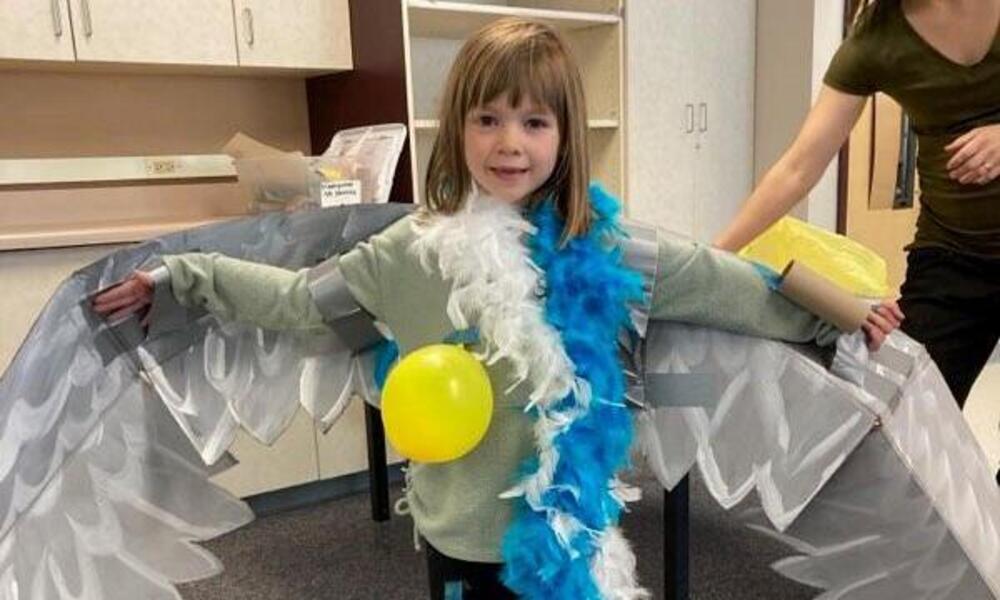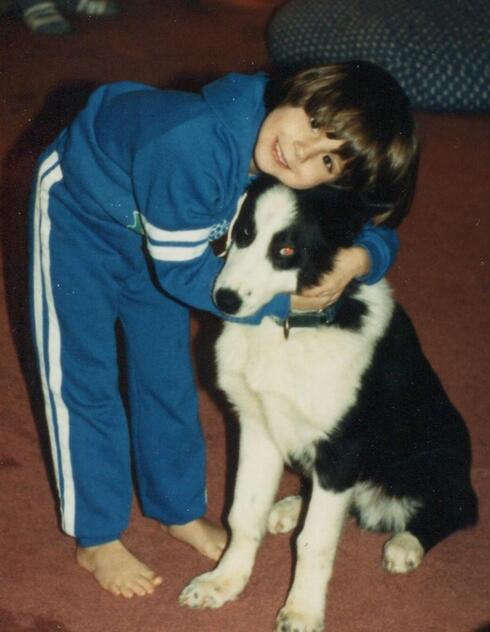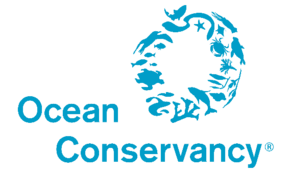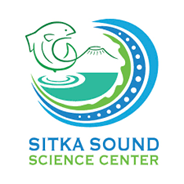“Did you know that you and I have something in common?” I asked them.
I usually get blank stares at this point. Seriously? Come on lady, you are old, and we were just told you’re a doctor who studies seabirds.
“I grew up in Sitka just like you!”
This is one of my favorite parts of a several-day series of lessons about seabirds I helped develop over the past few years as part of the Sitka Sound Science Center’s Scientists in the School program. For more than a decade, the program has exposed students in every classroom at every grade level to a wide variety of scientific disciplines, using hands-on, engaging classroom and field experiences. Led by professional scientists and Science Center educators, SIS units inspire and empower youth to see themselves as scientists, think critically, and build deeper understandings of ecological systems.
“You talk like us,” one student said as I shared a series of photos of myself in kindergarten as proof that I actually was once the same age as them and grew up in Sitka, too. Now I work with people from all over the world to keep Alaska's oceans healthy for the people and wildlife that depend on them as part of WWF's conservation mission.
Over the course of my week in Sitka, I visited each class three times. We talked about what makes a bird a bird, pretended to be birds (many, many times), role-played as seabird scientists, and discussed how seabirds are indicators of ocean health. We visited a classroom-friendly version of a seabird colony—a model with stuffed birds and photo cut-outs—near Sitka and explored the idea of niche partitioning—when two or more species divide resources to coexist—in two activities to learn how so many seabirds can nest on one island and still find enough food to eat and space to lay their eggs.
This year we added a third lesson. I teamed up with Kristina Tirman, Ocean Conservancy’s Alaska marine debris manager, to more clearly connect the idea of seabirds and ocean health to things that kindergartners may be able to do in their own lives. Kristina and I developed most of the seabird lessons during her time as education coordinator for the Sitka Sound Science Center, including a video series that students could watch from home during the Covid-19 pandemic in which I transformed my dog into a seabird.



